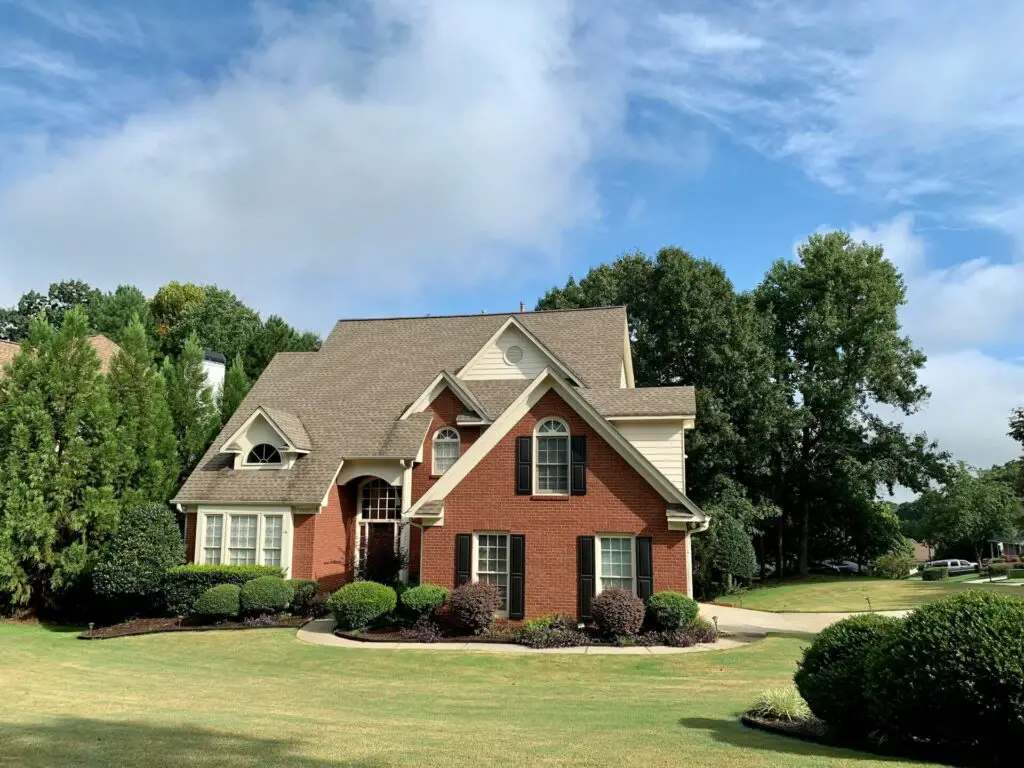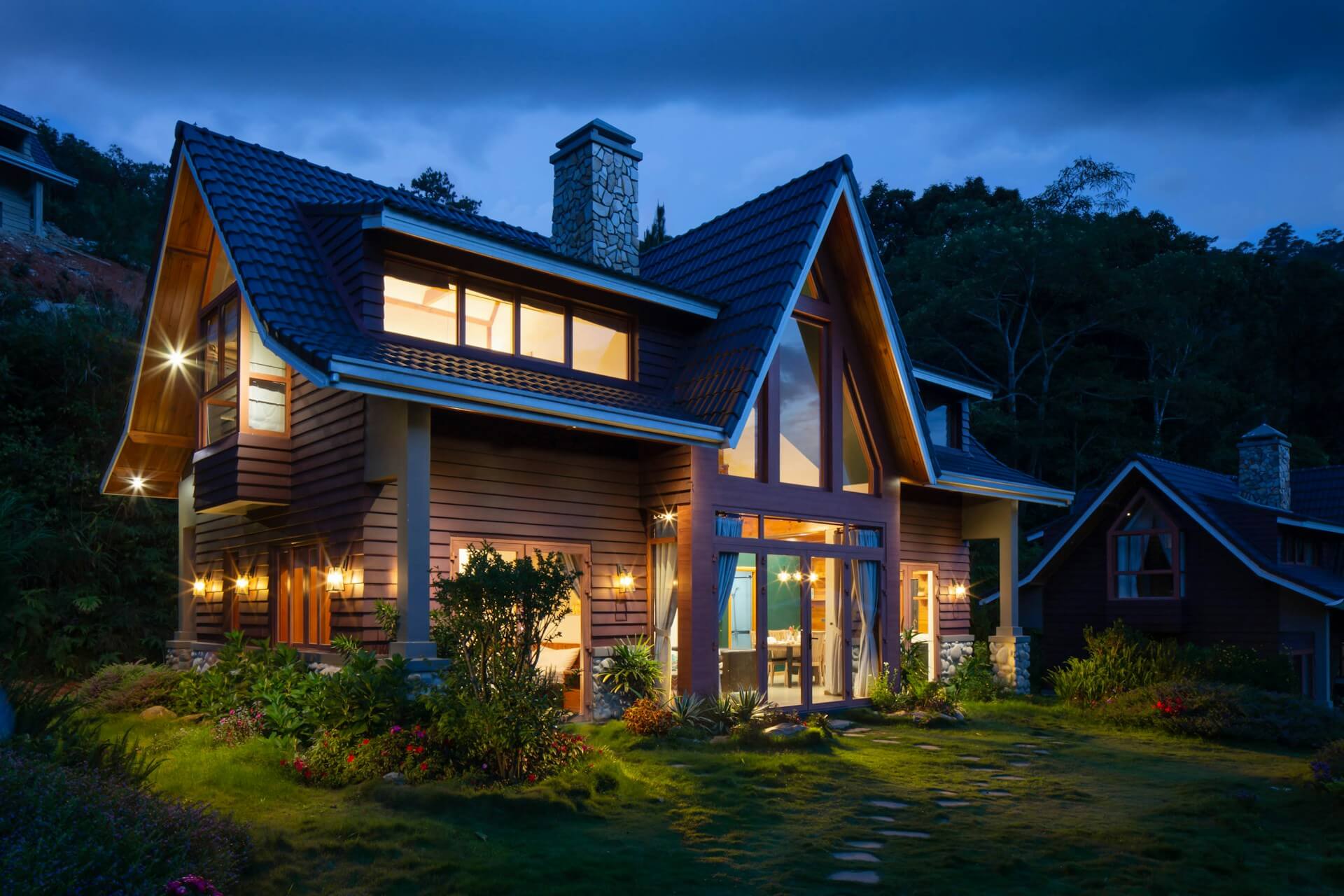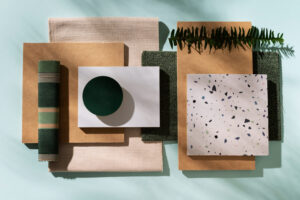Creating harmony between a home’s interior and exterior design isn’t about matching colors or mimicking styles. It’s about building a coherent visual flow that supports the structure’s personality, the owner’s lifestyle, and the surrounding environment. Whether a home leans toward modern minimalism or classic charm, the spaces inside and out should speak the same visual language. The connection lies in the details, the materials, textures, proportions, and transitions that guide the eye and set the tone for a seamless experience. Establishing this cohesion can be the difference between a house that simply exists and one that feels truly complete.
Material Continuity and the Role of the Roof
Materials are often the first bridge between the interior and exterior of a home. When similar textures and finishes are used both inside and out, the shift between spaces becomes more natural. The roof, often underestimated, carries much of this burden. Beyond its functional purpose, the roof sets a visual tone for the rest of the home. It defines the silhouette, frames the building, and influences choices like eaves, fascia, and gutters, which in turn link to interior trim and ceiling details. Choosing the right material, shape, and color for a roof does more than protect against the elements; it reflects the character of the home. This is where the guidance of a knowledgeable roofing company becomes invaluable. They can assess not only structural needs but also design alignment. For example, a slate roof may echo stone flooring inside, while a standing seam metal roof complements sleek, contemporary interiors. The pitch of the roof can also influence vaulted ceilings or lofted spaces, making it more than just an exterior feature; it’s a design element that resonates throughout.
Window Design and Placement
Windows hold a dual responsibility: they let in light and frame the view, but they also shape the home’s façade. Their placement, trim style, and proportion impact both the internal ambiance and the exterior appeal. Uniformity in window design strengthens the architectural narrative across spaces.
Inside, the shape of a window can guide furniture placement or influence the height of wainscoting. Outside, those same dimensions define the rhythm and symmetry of a building’s face. Choosing windows with consistent detailing, whether they’re arched, mullioned, or bare-framed, helps link both worlds. A picture window in the living room, for instance, becomes a signature feature on the front elevation. Matching interior window treatments to the style of the exterior trim or shutters adds yet another layer of cohesion.
Glass type and transparency also play roles. Frosted or tinted glass on bathrooms should complement the façade, while clear panes in gathering areas offer continuity between garden and living room. This interaction between transparency and privacy mirrors the balance between public and personal space, both inside and out.
Color Palette Coordination
Color wields subtle yet undeniable influence. When exterior and interior colors are thoughtfully coordinated, the transition between spaces feels calm and intuitive. This doesn’t mean matching tones exactly, but instead working with shades that belong to the same family or carry complementary undertones.
For example, if the exterior walls are painted a warm taupe, pulling that warmth into interior paint choices, textiles, or flooring maintains consistency. Natural elements, stone, wood, and clay often dictate the exterior palette. Drawing from these materials for indoor surfaces like countertops, cabinetry, or accent walls helps blend the visual message.
Trim and accent colors offer another opportunity to connect design inside and out. A navy door paired with navy kitchen cabinets, or black window frames echoed in light fixtures and stair rails, makes the design feel intentional. The goal is to move spaces that feel unforced. When someone walks through the front door, they shouldn’t feel like they’ve entered an entirely different world, but a thoughtful continuation of the outside.
Lighting Fixtures and Architectural Details
Lighting design is about more than visibility; it’s about atmosphere. Exterior sconces, porch lanterns, and pathway lighting set the mood long before someone steps inside. If those fixtures bear a modern-industrial look, but the interior leans heavily traditional, the effect can feel disjointed. Choosing lighting that shares lines, materials, or finishes, bronze, matte black, brushed nickel, builds visual unity.
The same rule applies to architectural elements like railings, columns, cornices, and ceiling beams. An iron railing on a front balcony might find its echo in a staircase banister or a fireplace screen. Tongue-and-groove ceilings on a porch might be repeated in a sunroom. These decisions add structure to the aesthetic without overwhelming it.
Even smaller details, such as the profile of a door frame or the curve of a banister, can connect the interior to the exterior. These choices often go unnoticed on their own, but together they support a consistent visual rhythm. These shared traits shape a home’s identity in a quiet, lasting way.
Landscaping and Natural View Integration
The surrounding natural environment plays a foundational role in shaping how a home feels from both the inside and outside. When greenery, textures, and pathways are designed with awareness of the house’s interior layout, the two sides of the home blend more naturally.
A kitchen window that overlooks a herb garden not only offers a practical view but also creates a conversation between the act of cooking and the natural world. Large picture windows or sliding doors that open to trees or water don’t just offer scenery; they extend the visual plane of the interior. The indoor furniture might even face these views deliberately, acknowledging their presence as part of the living experience.

Pathways that align with hallways or main entrances strengthen the structural dialogue. The same goes for lighting; using similar warmth levels in outdoor and indoor bulbs keeps the tone consistent when looking through glass at night.
Natural materials like gravel, stone, or timber used in outdoor walkways and planters can be tied back to accent walls, shelving, or furniture finishes inside. This continuity in materials and textures offers an unspoken connection that makes a home feel like one cohesive environment, not two separate zones.
Harmony between indoor and outdoor design doesn’t require extravagance. It asks for care. When that care is given, a home becomes more than shelter; it becomes a place that feels truly, fully lived in, from every angle.






